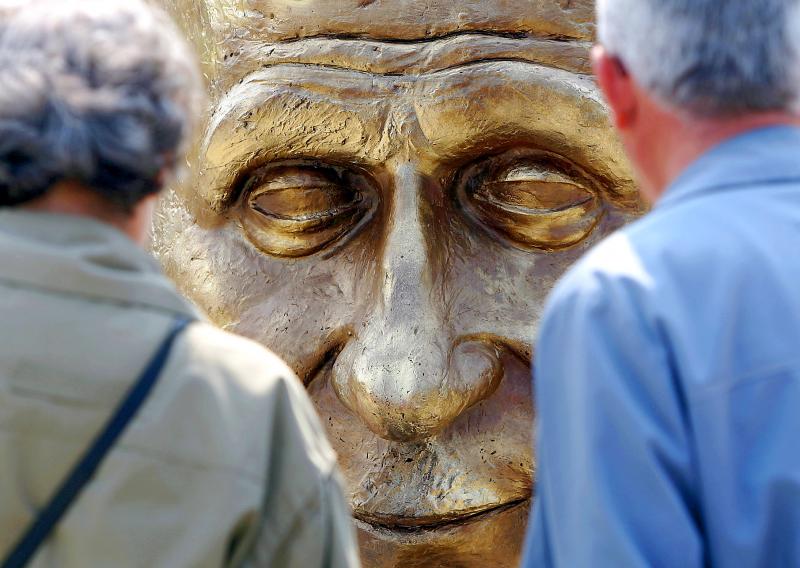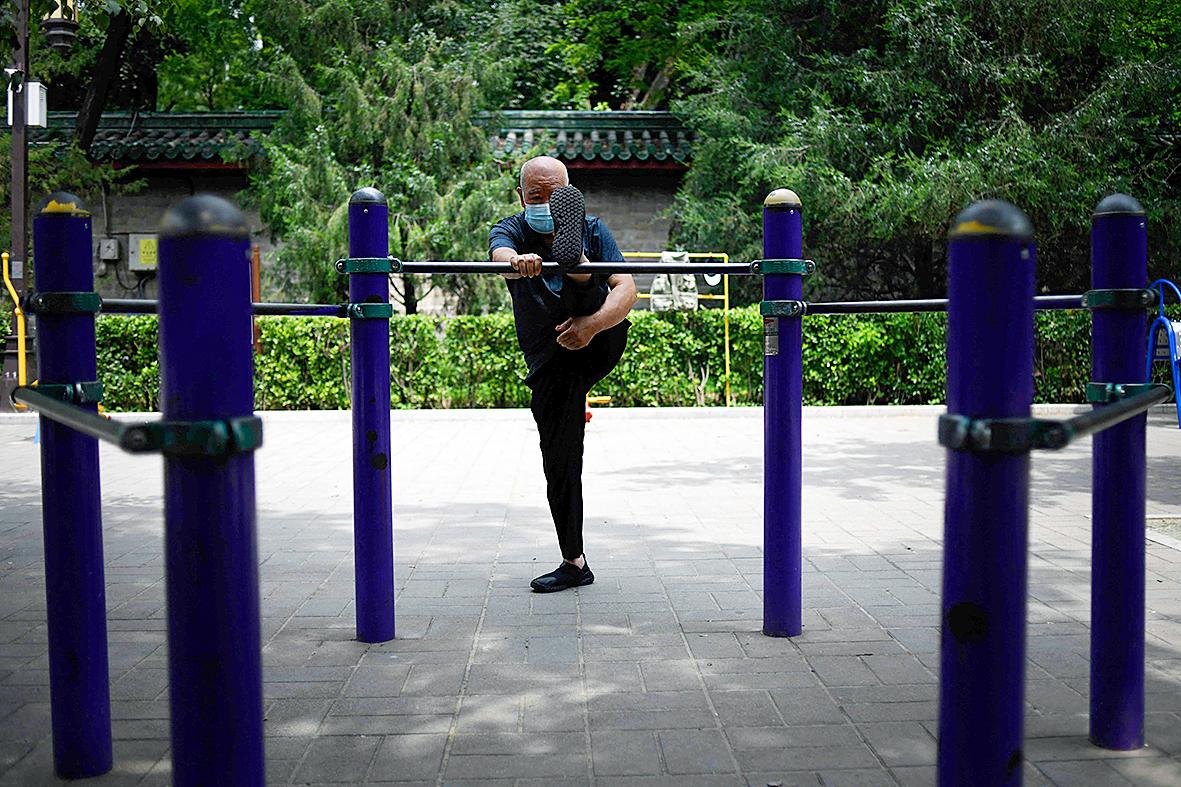By the time he reached his 60s Isaac Hendley could look back proudly on his life as a shoemaker in 18th century London. But when he looked forward he could only see the shame of being “passed to his parish” since his “bodily infirmities” meant the end of his independence and self-reliance.
After a year of grappling with his physical deterioration and fears that “he should come to want,” Hendley took his own life in 1797. An inquest recorded the state of his mind according to the testimonies of friends and colleagues.
Hendley was not alone. A study by Ella Sbaraini, a historian at Cambridge university, published in the journal Social History of Medicine, has found that many older people who took their own lives in the 18th century in England struggled with pain, loneliness and fear of dependency.

Photo: Reuters
Sbaraini scoured records of more than 100 inquest hearings deposited in archives in London, Kent, Cumbria, Essex, Suffolk and Bath, to build up a picture of suicide.
Based on witness evidence, she found that older people who took their life were preoccupied with concerns about loneliness, memory loss, financial vulnerability and worries about becoming a burden on others. Nevertheless, in almost all the cases she studied the inquest verdict was insanity, or non compos mentis.
“The people described in these documents were suffering from a range of age-related illnesses and disabilities, as well as distressing social and financial problems,” said Sabraini. “Many showed great determination to seek out help but they lived at a time when the kind of support now available just wasn’t there.”

Photo: AFP
For her study, Sabraini defined older people as those over the age of 50, in line with life expectancy in the 18th century. Three-quarters of the inquests she studied were suicides by men.
One case that struck her as especially poignant was that of John Braithwate, who drowned himself in Egremont, Cumbria, in 1803. He suffered with “confusion in his head and giddiness and want of recollection” and of frustration that he “could not recollect the most common words and could not express what he wanted to say,” the inquest recorded.
On one occasion, having gone fishing with a friend Braithwate “did not know how he had got home nor what he had done with, nor where he had left, his horse.”
While playing cards he uncharacteristically “broke out into a most violent frenzy without any cause.”
One of his servants said he had “complained much of uneasiness and being afflicted and sayd there must be an end.” He even asked “if she wd put an end to him – he sayd he cd not do it himself.”
Braithwaite had remarked that “he thought it hard that the almighty shd afflict him in that manner,” and he told his surgeon that “death wd be a blessing to him.”
Sarah Fenwick ended her life four months after her husband died. She had moved in with her adult daughter, who “several times told her mother that her family was large and ha[d] perswaded her to go into the workhouse.”
Martha Fuller, a weaver’s wife who killed herself in 1792, had “about twenty years past … the misfortune to loose a child,” her husband said. It had “affected her brain so much” she had attempted “to destroy herself” at the time.
“While memory loss, confusion and behavior changes are now well-known signs of dementia, there was far less understanding and support available in the 1700s,” Sbaraini said.
“For independent, respected, people to lose their grip on the behaviors expected by their community, including politeness and self-control, it must have been extremely distressing. History reminds us how important it is to make sure older people feel a strong sense of purpose and a valued part of society.”

The canonical shot of an East Asian city is a night skyline studded with towering apartment and office buildings, bright with neon and plastic signage, a landscape of energy and modernity. Another classic image is the same city seen from above, in which identical apartment towers march across the city, spilling out over nearby geography, like stylized soldiers colonizing new territory in a board game. Densely populated dynamic conurbations of money, technological innovation and convenience, it is hard to see the cities of East Asia as what they truly are: necropolises. Why is this? The East Asian development model, with

June 16 to June 22 The following flyer appeared on the streets of Hsinchu on June 12, 1895: “Taipei has already fallen to the Japanese barbarians, who have brought great misery to our land and people. We heard that the Japanese occupiers will tax our gardens, our houses, our bodies, and even our chickens, dogs, cows and pigs. They wear their hair wild, carve their teeth, tattoo their foreheads, wear strange clothes and speak a strange language. How can we be ruled by such people?” Posted by civilian militia leader Wu Tang-hsing (吳湯興), it was a call to arms to retake

This is a deeply unsettling period in Taiwan. Uncertainties are everywhere while everyone waits for a small army of other shoes to drop on nearly every front. During challenging times, interesting political changes can happen, yet all three major political parties are beset with scandals, strife and self-inflicted wounds. As the ruling party, the Democratic Progressive Party (DPP) is held accountable for not only the challenges to the party, but also the nation. Taiwan is geopolitically and economically under threat. Domestically, the administration is under siege by the opposition-controlled legislature and growing discontent with what opponents characterize as arrogant, autocratic

When Lisa, 20, laces into her ultra-high heels for her shift at a strip club in Ukraine’s Kharkiv, she knows that aside from dancing, she will have to comfort traumatized soldiers. Since Russia’s 2022 invasion, exhausted troops are the main clientele of the Flash Dancers club in the center of the northeastern city, just 20 kilometers from Russian forces. For some customers, it provides an “escape” from the war, said Valerya Zavatska — a 25-year-old law graduate who runs the club with her mother, an ex-dancer. But many are not there just for the show. They “want to talk about what hurts,” she